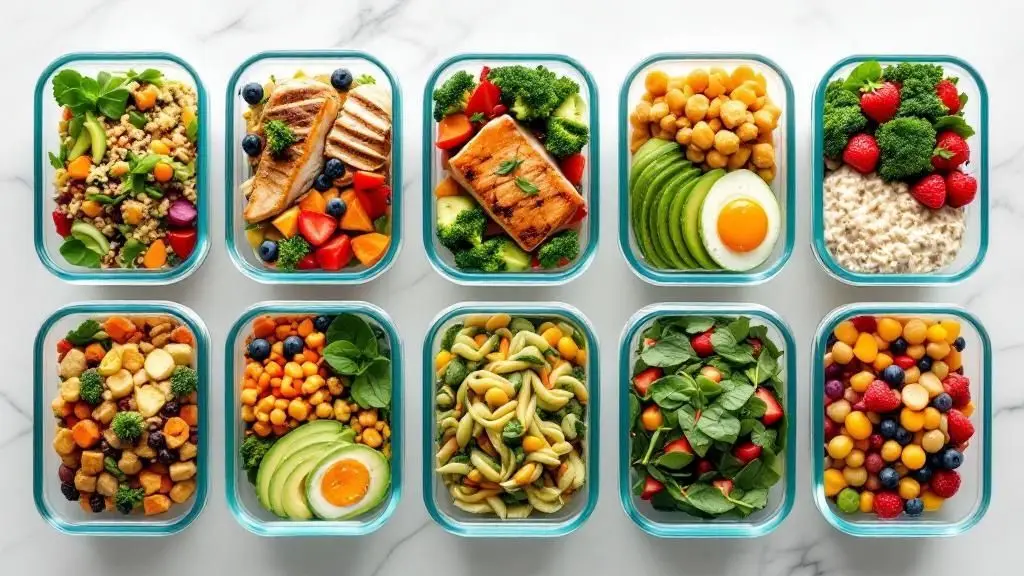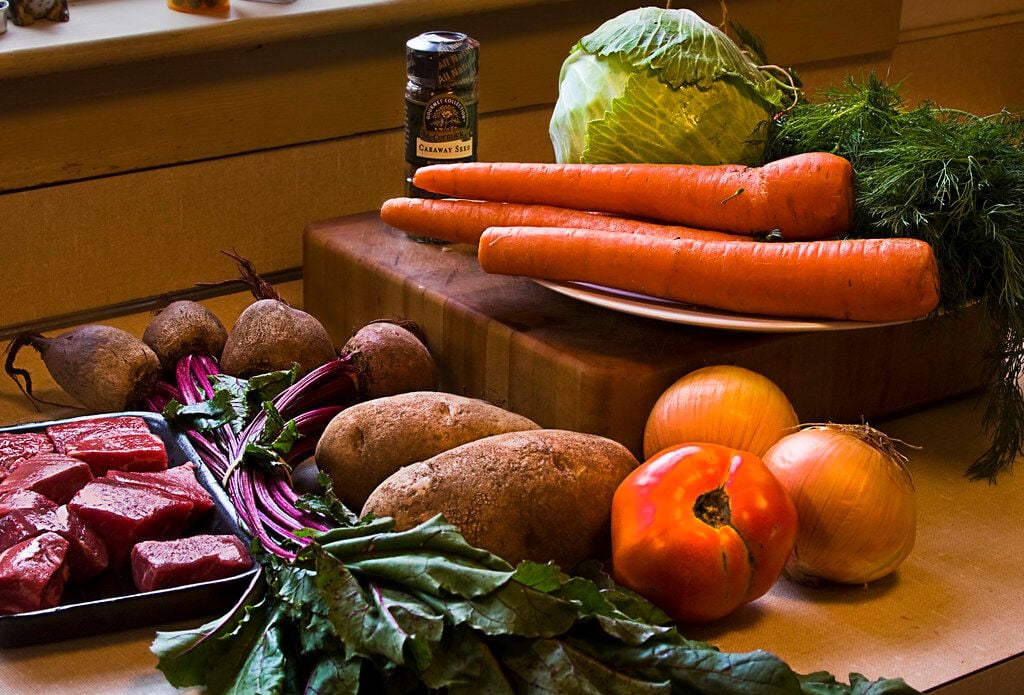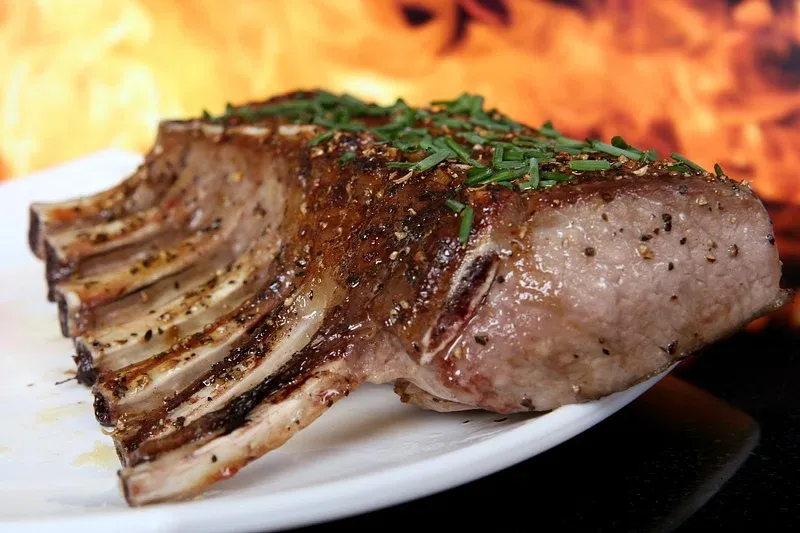
Unlocking the Secrets of Scallions: A Multipurpose Veggie
- May 18, 2024
Scallions, or green onions as they are sometimes called, might look like a humble green-leafed vegetable, but they pack a variety of flavors. Serving double duty as herbs and onions, these alliums bring a distinct, slightly sweet flavor to various dishes from classic scallion pancakes to sesame soba bowls and honey-garlic shrimp.
Often found in our grocery basket throughout the year, the allure of scallions intensifies in spring as they begin to populate farmers markets. The bonus? Except for the root, we can eat the whole thing. However, you might have noticed that recipes sometimes suggest separating the light and dark parts. You may ask, which part should I use? Let's untangle the confusion about the white, green, and the shades in between.
The white part of scallions packs a punch with its characteristic onion flavor, milder than an ordinary onion, and is typically cooked briefly. For most recipes that call for delicate alliums like shallots, spring onions, or leeks, feel free to substitute with scallion whites. A light sauté in oil can boost their flavor in soups, stir-fries, and more. You can also fold them into dips and condiments. Although you can use them as garnish, prepared to be hit with an extra-strong onion flavor.
The green part of the scallion, on the other hand, offers a soft, peppery, chive-like taste. It's an excellent choice for garnishing soups, stir-fries, salads, and dumplings in its raw form. It works as a late-addition aromatic in sautéed dishes, as it softens quickly.
There isn't a hard and fast rule separating the white and green portions of scallions. You won't harm your recipe by using either, or both. To tell them apart, notice their shape - the lighter part has layered rings, whereas the green top is hollow.
Feel free to engage the entire scallion in any recipe, keeping in mind the potent tang of the white part and the subtle, grassy note from the green one. For a complete scallion experience, try grilling it whole. With the grill heated to medium-high, drizzle oil over whole scallions, sprinkle some salt, and grill until they are lightly charred, a process that takes about one to two minutes.
When buying scallions, pick the ones with tight bulbs and brilliant green tips. Stay clear of ones appearing slimy or withered. If an outer layer seems wilted, merely peel it off and use the stiffer inner stalks. To store scallions, put them in a jar with roots down and about one inch of water at the bottom to cover the roots, with a plastic bag covering the top. In the fridge, they will last around four days.






